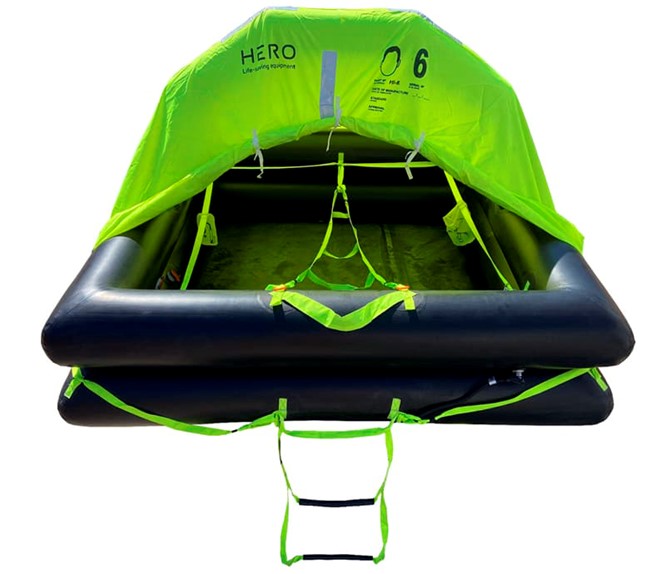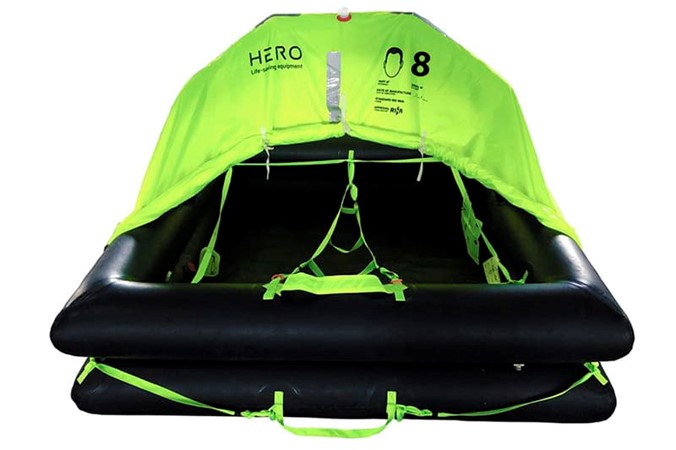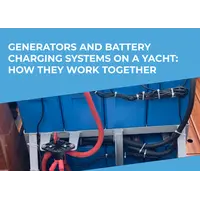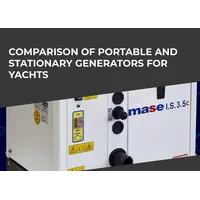topRik experts share with you the results of a sea research study of Hero life rafts. We tested in practice all types of these new generation life rafts presented in our marketplace. In the tests, we were assisted by cadets of our skipper school, on yachts and catamarans of our SimpleSail fleet. The cadets were involved in the tests as part of the topic of safety at sea and crew actions in emergency situations. We used the results to support the conclusions in this article regarding HERO Offshore International, HERO Standard International and HERO Coastal life rafts, which are presented in our marketplace in various configurations and load capacities.

The Role of Life Rafts in Emergency Situations
The importance of ensuring the safety of any vessel's crew in emergency situations is demonstrated by the attention paid to this problem by international organizations and institutions - not only maritime ones.
We would like to immediately warn those who believe that having a capacious dinghy on a yacht can solve the problem of evacuation and rescue of the crew from a sinking vessel. Below we will tell you how a life raft should be equipped, so that it is clear that neither a dinghy nor a RIB will cope with the task.
Like any equipment for ships that affects the safety of the crew, the production and use of life rafts are regulated by maritime legislation. Different requirements are imposed on sea life rafts depending on their dimensions and purpose. Pleasure boats and sailing yachts are no exception. Although the rules for using life rafts for this type of vessel may vary significantly in different countries and also depend on the flag under which your yacht sails. The general recommendation is to focus on the International Standard ISO 9650 of 2005, which regulates the production of this type of equipment, as well as the SOLAS requirements for life rafts.
The requirements that all life-saving appliances must meet are set out in the International Convention for the Safety of Life at Sea, 1974 (SOLAS-74). The following general SOLAS requirements are set out for life rafts:
- every life raft shall be so constructed as to withstand afloat the effects of all sea conditions for 30 days;
- the life raft shall be so constructed that when it is immersed in water from a height of 18 m, both the life raft itself and its equipment can operate satisfactorily;
- if the life raft is located at a height of more than 18 m above the waterline in calm water, it must be tested for immersion from that height;
- a life raft with or without a canopy afloat must withstand multiple jumps onto it from a height of at least 4.5 m;
- the construction of the life raft and its fittings shall be such that it can withstand towing at 3 knots in calm water with a full load of persons and equipment and with one of its sea anchors attached;
- the life raft shall have a canopy to protect the occupants from the elements which shall be automatically brought into position when the life raft is launched and enters the water;
- if the life raft is not to be launched by a launching appliance, the mass of the life raft, its container and its equipment shall not exceed 185 kg;
- the life raft must be equipped with an effective hydrostat to prevent the possibility of the device malfunctioning. Galvanization or other methods of applying a metallic coating to parts of the hydrostatic release device are not permitted.
Life rafts are passive life-saving devices. According to their design, life rafts are divided into inflatable and rigid, and according to the method of movement overboard - droppable and lowerable. Additional requirements are imposed on different types of life rafts in addition to those listed above.
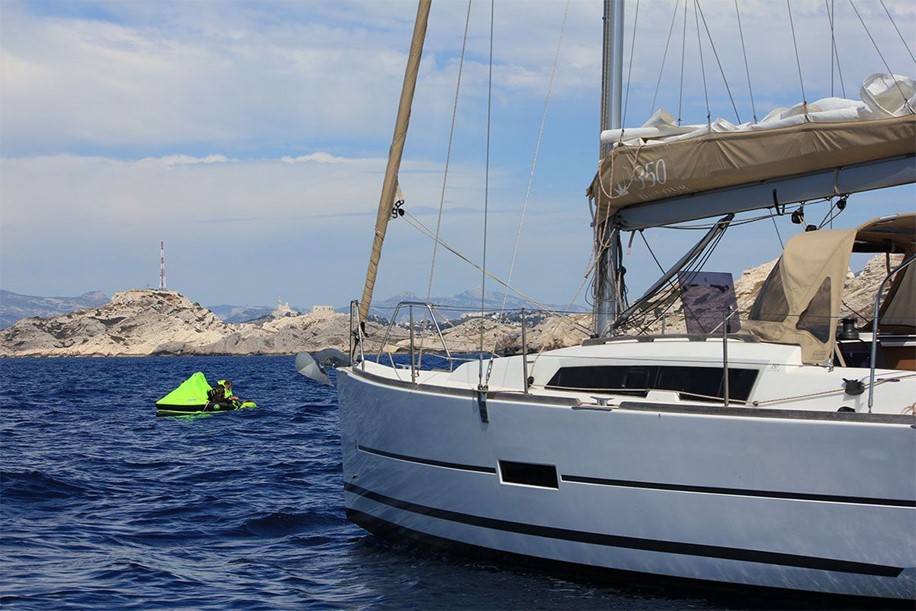
The international standard ISO 9650 clearly distinguishes life rafts intended for different types of vessels.
Thus, ISO 9650-1 presents the characteristics of life rafts that can be used on ships for sea and transoceanic transport.
Life rafts of type 9650-1 are divided into two groups according to different operating temperatures: life rafts of group A are designed for a temperature range from -15 to +65° Celsius, and life rafts of group B are designed for a temperature range from 0 to +65° Celsius.
These life rafts are available in different configurations: for an expected rescue period of less than 24 hours in standard configuration and for an expected rescue period of more than 24 hours with life-saving equipment such as drinking water and emergency supplies.
The requirements of ISO 9650-2 apply to life rafts for use in coastal areas.
These life rafts are safe to deploy in temperatures ranging from 0°C to +65°C and are designed as standard for a maximum service life of 24 hours.
Let us provide a small table of these two types of standards for comparison.
|
Type/characteristics |
ISO 9650-1 |
ISO 9650-2 |
|
Scope of application |
open sea |
Coastal waters |
|
Max. number of people |
from 4 to 12 people |
from 4 to 10 people |
|
Max launch height |
6 m |
4 m |
|
Suitable temperature range |
Group A: -15° to +65° |
from 0° to 65° Celsius |
|
Material on the interior floor |
Group A: Insulated double floor |
Base floor |
|
Freeboard (height of wall above water level) |
Up to 4 people: 250 mm |
Up to 4 people: 200 mm |
|
Area per person |
0.372 m2 |
0.25 m2 |
|
Buoyancy per person |
96 liters |
82 liters |
|
Roof construction |
Deploys automatically |
Deployed manually |
|
External light |
4.3 candelas of luminosity |
Luminosity 0.75 candela |
|
Reflective material |
1500 cm2 |
1500 cm2 |
|
Equipment |
Up to 24 hours: Standard package |
Standard package |
As you can see, HERO life rafts fully comply with ISO 9650-2 and ISO 9650-1 standards depending on their intended use. Below we describe which HERO life raft series are designed for coastal waters, open seas and regions without special regulations.
If the raft is stored on the ship in a special container, then you should also know the requirements that the International Maritime Organization places on it.
The container must be marked with the manufacturer's name or trade mark, serial number, name of the approving authority, number of persons permitted to be carried and launching instructions. This must include the type of SOLAS emergency package, date of last servicing, maximum stowage height above waterline (depending on drop test height and hydrostat length).
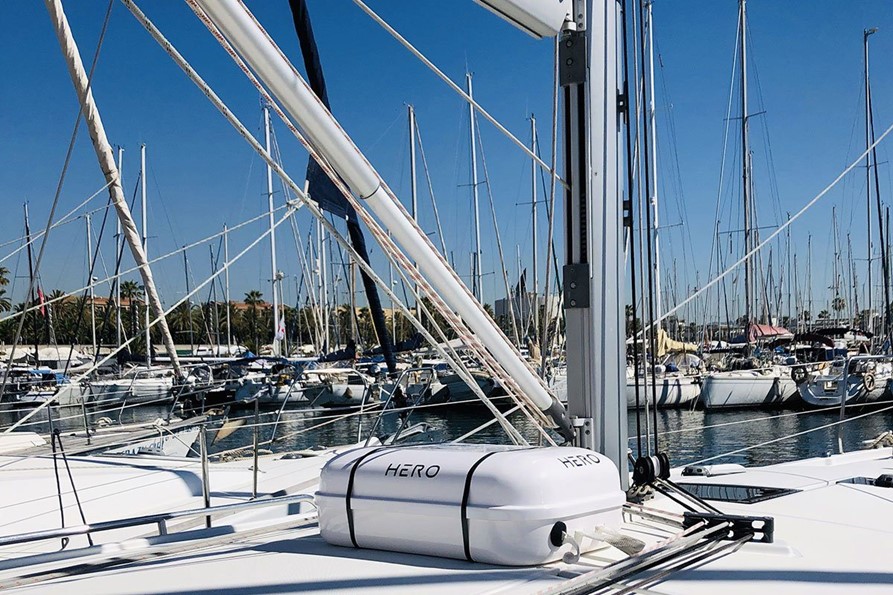
Even from such an incomplete mention of the requirements for life rafts used on sailing yachts and pleasure craft, it is clear that preferences should be given to proven brands when choosing. There are not so many of them, and among the few are those presented in the topRik marketplace. Today we introduce you to a compact and lightweight design for extreme marine conditions - the HERO series life rafts.
HERO – Fully ISO 9650 Compliant
Above we provided a table that helped us clearly determine that, in terms of their characteristics and functions, HERO life rafts meet the requirements of the international standard ISO 9650. According to their intended purpose, these rafts are divided into series.
HERO Offshore Life raft
According to the manufacturer, this series of life rafts is a new standard of safety, portability and efficiency. The series is designed to provide stability and durability in harsh open sea conditions. The rafts provide isolated protection from strong winds and waves. Designed for long cruises and navigation on the open sea, it is equipped with a set of necessary equipment, allowing you to work in rescue mode for more than 24 hours.
Excellent insulated protection from strong winds and large waves allows the crew to avoid hypothermia until rescue services arrive.
A spacious entrance and self-opening awning for quick boarding provide easy access.
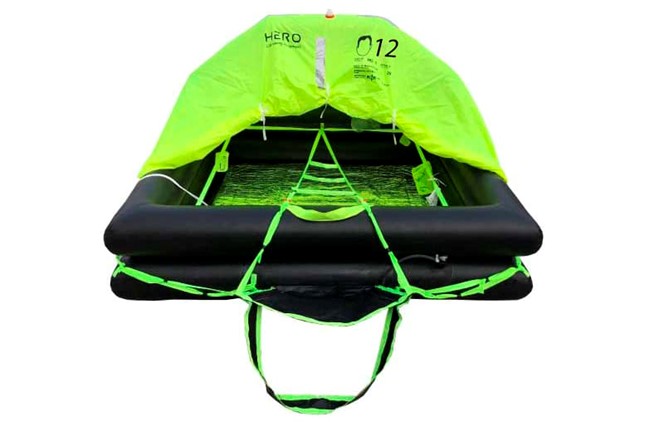
HERO Standard International
Introducing a life raft specifically designed to provide a reliable safety solution in regions without specific regulations. Inspired by the ISO series, it ensures the safety of passengers in moderate weather and sea conditions. Key features include:
- absolute safety for the crew thanks to robust construction and design;
- automatic inflatable arch tent, which significantly saves valuable time during rescue operations;
- the durable material of the arched awning is visible far out at sea.
HERO Coastal
Coastal life raft is a reliable companion for navigation in coastal waters at a distance of 6 to 60 miles from the marina. This life raft, designed for daytime use, features:
- automatically inflatable arched fluorescent awning, which is visible from far away even in cloudy weather;
- the ability to quickly carry out rescue operations;
- excellent stability in moderate sea and weather conditions;
- thermal protection, providing the necessary thermal insulation for the safety of passengers.
Reliability and Quality of Materials
All materials used in the production of HERO life rafts comply with international safety standards, such as ISO 9650.
Particularly noteworthy is the durable natural rubber floor with increased wear resistance.
The air chambers, which are isolated from each other, are also made of natural rubber.
The awning is made of three-layer rubberized material, which provides reliable protection from waves, wind and rain.
HERO's Ease of Use in an Emergency Situation
Leafield Company Marine is a world leader in the design, development and manufacture of valves and inflation systems for a wide range of inflatable structures including life rafts, inflatable boats, marine evacuation systems and river rafts.
HERO rafts use the company's SOLAS-approved inflation system, which ensures that the raft reliably and automatically deploys upon contact with water.
Each raft has independent inflatable compartments with check valves that prevent air movement between compartments and ensure buoyancy even in the event of a puncture.
For boarding the raft, there are convenient, durable handles, as well as specially designed ladders that simplify and speed up boarding.
The entire design is very well thought out – from the arrangement of the seats to the awning from the sun and rain. Depending on the model, a stabilization system, anti-drift pockets for water ballast with a large capacity and a quick-fill system, a rainwater collection system are equipped.
Compactness and Ergonomics of HERO Life Rafts
Above you saw a photo showing the placement of the HERO life raft in a special container. But there are options that allow you to carry the raft in a bag. In this form, it is easily placed in a locker or on the deck.
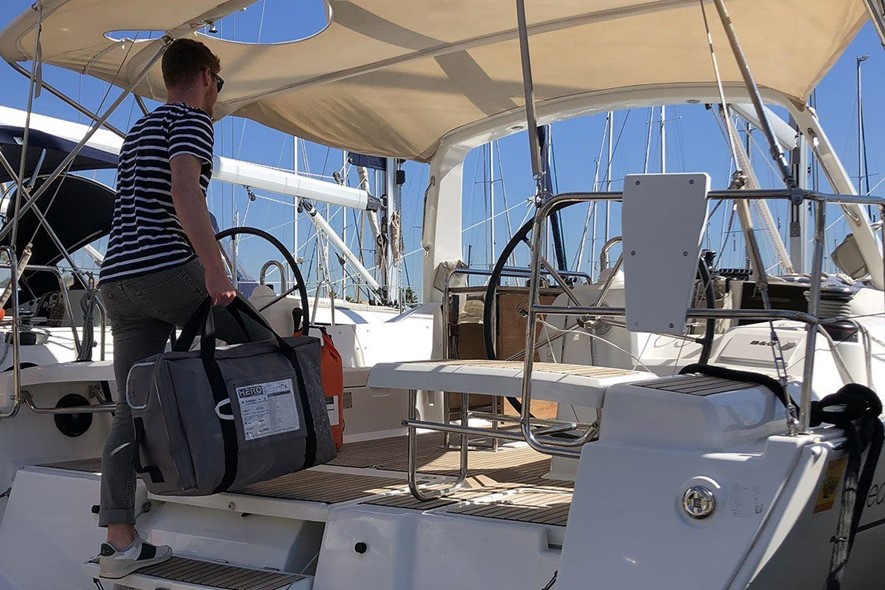
The advantages of this choice (container or bag) are in minimizing the space occupied without losing functions. Please note that the bag also contains information similar to the information on the container.
Regardless of the choice of “packaging”, the life raft is easy to transport and maintain.
Additional Survival Tools
Depending on the series of HERO life rafts, they have a different set of additional rescue and signaling equipment.
Among the mandatory set:
- built-in supplies of drinking water and dry rations;
- first aid kit, flares and flashlights;
- repair kit;
- oars;
- floating knife, etc.
The standard equipment can be expanded if desired, but this should be done with caution so as not to overload the raft.
Your Own Safety Is the Most Useful Investment
topRik experts believe that the most useful investment is investing in your own safety. This is especially true for sailors who constantly confront unpredictable elements. Therefore, right now, provide yourself with a reliable means that will help you and your crew survive in an extreme situation.
HERO life raft options are presented in a separate catalog of our marketplace: HERO Offshore International, HERO Standard International and HERO Coastal. Just contact our experts - and they will select a HERO life raft for you that is ideal in all respects: load capacity, configuration, dimensions and method of transportation and storage.
All consultations are free, and to get them, use any of the contacts: quick feedback form, phone call, email. All contacts are displayed on each page and are available in one click.


